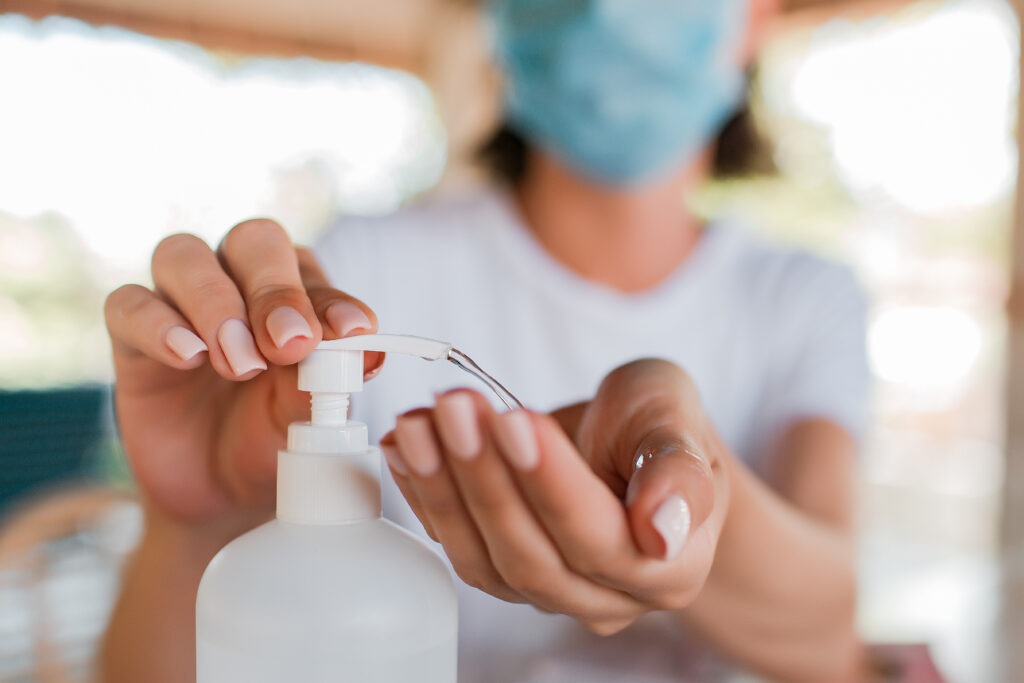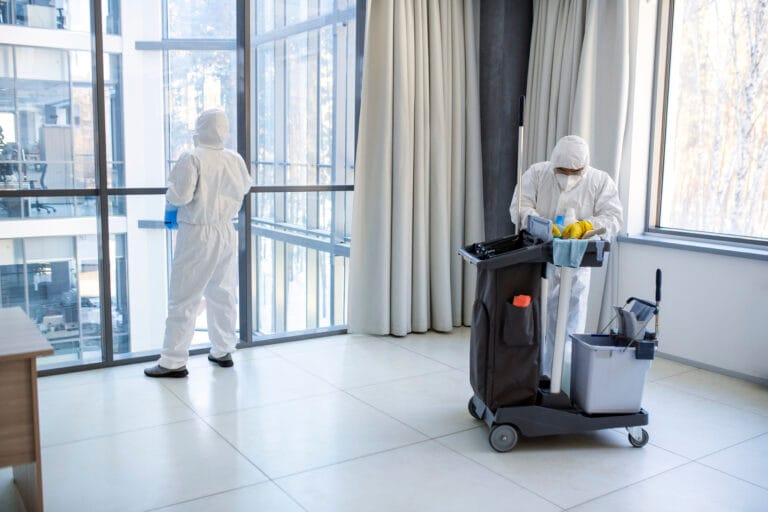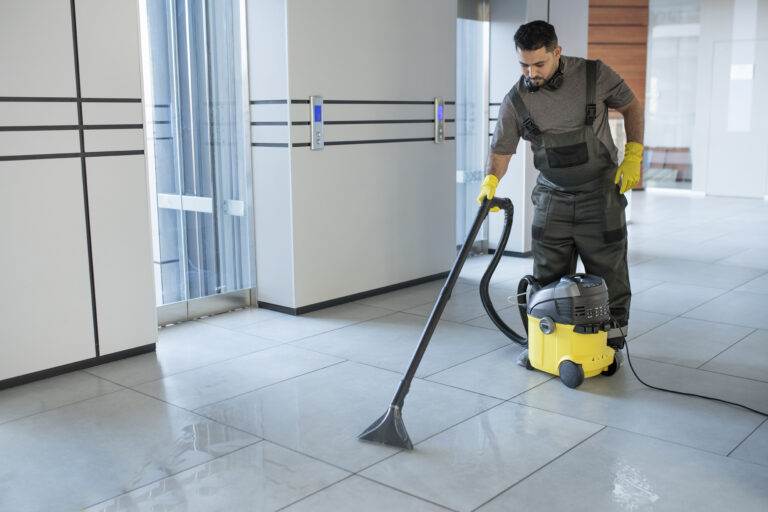Routine cleaning in office environments is not merely a matter of aesthetics; it plays a crucial role in maintaining a healthy workplace. Regular cleaning helps to eliminate dust, allergens, and pathogens that can accumulate over time, contributing to a healthier atmosphere for employees. A clean office can significantly reduce the risk of illness, particularly during flu season when viruses are more prevalent.
By investing in routine cleaning, organizations can foster a more productive workforce, as employees are less likely to take sick days due to preventable illnesses. Moreover, a well-maintained office space can enhance employee morale and satisfaction. When employees work in a clean and organized environment, they are more likely to feel valued and motivated.
This sense of well-being can translate into increased productivity and creativity. Additionally, clients and visitors often form impressions based on the cleanliness of an office; a tidy space reflects professionalism and attention to detail. Therefore, routine cleaning is not just about hygiene; it is an essential component of a thriving business culture.
Key Takeaways
- Routine cleaning in offices is important for maintaining a healthy and productive work environment.
- Common areas and high-touch surfaces such as doorknobs, light switches, and shared equipment should be the focus of cleaning efforts.
- Using the best cleaning practices and products, such as disinfectants and sanitizers, can help prevent the spread of flu and other illnesses.
- Implementing regular cleaning schedules ensures that all areas of the office are consistently cleaned and maintained.
- Encouraging hygiene and handwashing among employees is crucial for preventing the spread of flu and other contagious diseases.
Common Areas and High-Touch Surfaces to Focus On
In any office setting, certain areas and surfaces require particular attention during cleaning routines. Common areas such as break rooms, conference rooms, and reception areas are frequented by multiple employees and visitors, making them hotspots for germs and bacteria. These spaces should be cleaned thoroughly and regularly to minimize the risk of spreading illnesses.
High-touch surfaces, including doorknobs, light switches, elevator buttons, and shared equipment like printers and copiers, are especially critical to focus on. These surfaces can harbor viruses for extended periods, making them prime candidates for targeted cleaning efforts. In addition to common areas, individual workstations also deserve attention.
Desks, keyboards, phones, and other personal items can accumulate germs over time. Employees may not realize how often they touch their faces after interacting with these surfaces. Therefore, it is essential to incorporate cleaning protocols that address both shared spaces and personal work areas.
By prioritizing these high-touch surfaces in cleaning routines, organizations can significantly reduce the likelihood of illness spreading among employees.

Best Cleaning Practices and Products for Flu Prevention
To effectively combat the flu virus and other pathogens in the workplace, it is vital to adopt best cleaning practices and utilize appropriate products. Disinfectants that are proven to kill viruses should be at the forefront of any cleaning regimen. Products containing at least 70% alcohol or those that meet the Environmental Protection Agency’s (EPA) criteria for use against the influenza virus are ideal choices.
It is also important to follow the manufacturer’s instructions regarding contact time; many disinfectants require a specific duration to effectively eliminate germs. In addition to using the right products, employing proper cleaning techniques is essential. For instance, using microfiber cloths can enhance the effectiveness of cleaning by trapping dust and bacteria rather than spreading them around.
Furthermore, it is advisable to clean from top to bottom; this means starting with higher surfaces like shelves and working downwards to avoid re-contaminating areas that have already been cleaned. Regularly scheduled deep cleaning sessions should also be incorporated into the routine to address areas that may not receive daily attention.
Implementing Regular Cleaning Schedules
Establishing a regular cleaning schedule is fundamental for maintaining a clean office environment. A well-structured plan ensures that all areas of the office receive consistent attention, reducing the risk of neglecting critical spaces. This schedule should outline daily, weekly, and monthly tasks tailored to the specific needs of the office.
Daily tasks might include emptying trash bins, wiping down high-touch surfaces, and vacuuming common areas, while weekly tasks could involve deeper cleaning of restrooms and break rooms. Moreover, flexibility in the cleaning schedule is essential to accommodate fluctuations in office occupancy or special events. For instance, during flu season or after an outbreak of illness among employees, it may be necessary to increase the frequency of cleaning efforts.
By regularly reviewing and adjusting the cleaning schedule based on current conditions, organizations can ensure that their cleaning practices remain effective and responsive to the needs of their workforce.
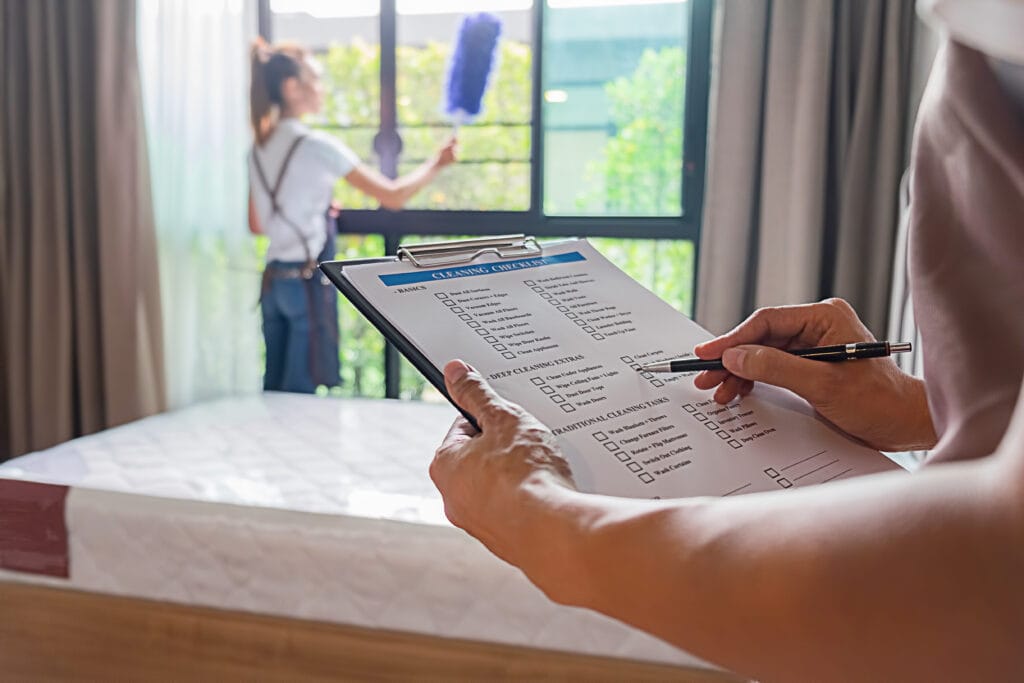
Encouraging Hygiene and Handwashing Among Employees
Promoting hygiene practices among employees is a vital aspect of flu prevention in the workplace. Encouraging regular handwashing is one of the simplest yet most effective measures that can be taken. Organizations should provide easily accessible handwashing stations equipped with soap and paper towels or hand dryers.
Additionally, placing hand sanitizers in common areas can serve as a convenient alternative when soap and water are not readily available. To reinforce these practices, companies can implement educational campaigns that highlight the importance of hand hygiene in preventing illness. This could include posters in restrooms and break rooms or even brief training sessions during team meetings.
By fostering a culture of hygiene awareness, organizations empower employees to take responsibility for their health and the health of their colleagues.
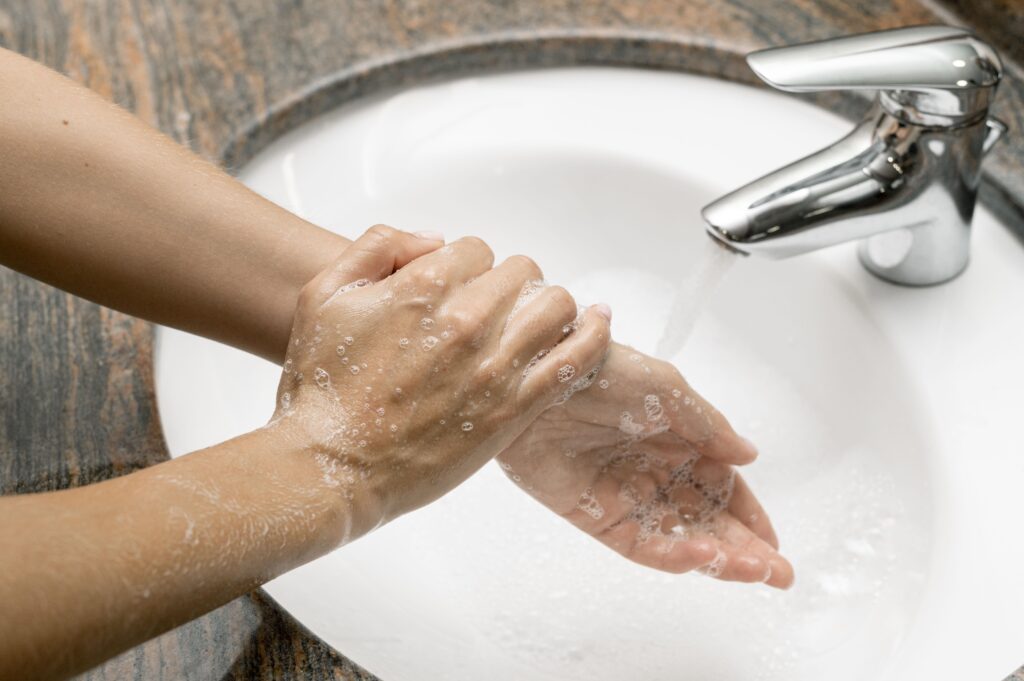
Hiring Professional Cleaning Services
While routine cleaning can be managed internally, hiring professional cleaning services like United Facilities Group can elevate an organization’s cleaning standards significantly. Professional cleaners bring expertise and specialized equipment that may not be available in-house. They are trained in effective cleaning techniques and are knowledgeable about which products work best for different surfaces and situations.
Moreover, outsourcing cleaning services allows employees to focus on their core responsibilities without being distracted by cleaning tasks. This can lead to increased productivity and efficiency within the organization. Professional services also offer flexibility; they can adjust their schedules based on the specific needs of the business, ensuring that high-traffic areas receive adequate attention without disrupting daily operations.

Educating Employees on Flu Prevention Measures
Education plays a pivotal role in flu prevention within the workplace. Organizations should take proactive steps to inform employees about flu symptoms, transmission methods, and preventive measures they can take both at work and at home. Providing resources such as brochures or access to online materials can help employees understand how they can protect themselves and their colleagues from illness.
Additionally, hosting workshops or informational sessions led by health professionals can further enhance employee knowledge about flu prevention strategies. These sessions could cover topics such as the importance of vaccinations, recognizing early symptoms of illness, and understanding when to stay home from work. By equipping employees with this knowledge, organizations create a more informed workforce that is better prepared to minimize the spread of illness.

Monitoring and Evaluating Cleaning Practices for Effectiveness
To ensure that cleaning practices are effective in preventing flu outbreaks and maintaining a healthy workplace, organizations must implement monitoring and evaluation processes. Regular assessments of cleaning routines can help identify areas for improvement or adjustment. This could involve conducting inspections of cleaned areas or soliciting feedback from employees regarding their perceptions of cleanliness in the office.
Additionally, tracking illness rates within the organization can provide valuable insights into the effectiveness of cleaning practices. If there is a noticeable increase in sick days taken during flu season despite rigorous cleaning efforts, it may indicate a need for enhanced protocols or additional training for cleaning staff. By continuously monitoring and evaluating cleaning practices, organizations can adapt their strategies to ensure they remain effective in promoting health and wellness in the workplace.
In conclusion, maintaining a clean office environment is essential for promoting employee health and productivity. By focusing on routine cleaning, high-touch surfaces, effective products, regular schedules, hygiene education, professional services, employee engagement, and ongoing evaluation, organizations can create a safer workplace that minimizes the risk of flu outbreaks and fosters overall well-being among employees.
FAQs
What is the flu?
The flu, or influenza, is a contagious respiratory illness caused by influenza viruses that can cause mild to severe illness and can lead to hospitalization and even death.
How does the flu spread in office settings?
The flu can spread through respiratory droplets when an infected person coughs, sneezes, or talks. It can also spread by touching surfaces or objects that have the flu virus on them and then touching the mouth, nose, or eyes.
Why is routine cleaning important in preventing flu outbreaks in offices?
Routine cleaning helps to remove germs, including the flu virus, from surfaces and objects, reducing the risk of spreading the virus to others. It also helps to maintain a healthy and hygienic work environment.
What are some common areas in offices that should be regularly cleaned to prevent flu outbreaks?
Common areas that should be regularly cleaned in offices to prevent flu outbreaks include doorknobs, light switches, desks, keyboards, phones, and other frequently touched surfaces.
What cleaning products are effective against the flu virus?
Cleaning products that are effective against the flu virus include disinfectants that are registered with the Environmental Protection Agency (EPA) and have been proven to kill the influenza virus.
How often should offices be cleaned to prevent flu outbreaks?
It is recommended that offices be cleaned regularly, ideally daily, to prevent flu outbreaks. High-touch surfaces should be cleaned and disinfected more frequently, especially during flu season.
What other measures can offices take to prevent flu outbreaks?
In addition to routine cleaning, offices can also promote good hand hygiene, encourage sick employees to stay home, provide flu vaccinations, and promote respiratory etiquette, such as covering coughs and sneezes.


